The popularity of CentOS needs no further elaboration, as it is the most widely installed free version of Linux Server.
However, CentOS 8 will “completely” end support by the end of the year. Are you worried?! There will no longer be such a user-friendly Linux to “free ride” on, are you anxious?
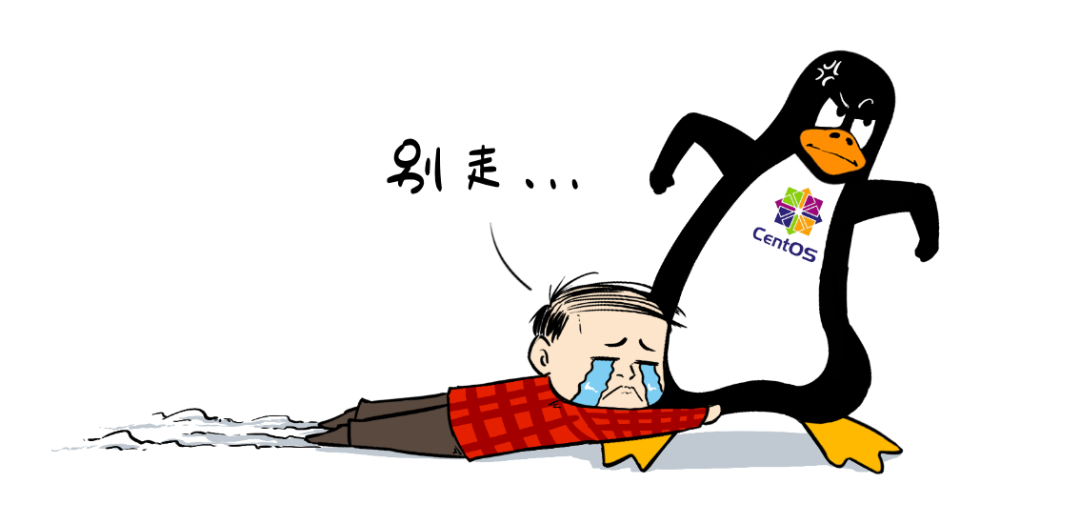
Today, let’s take some time to clarify this matter and provide everyone with a perfect solution.
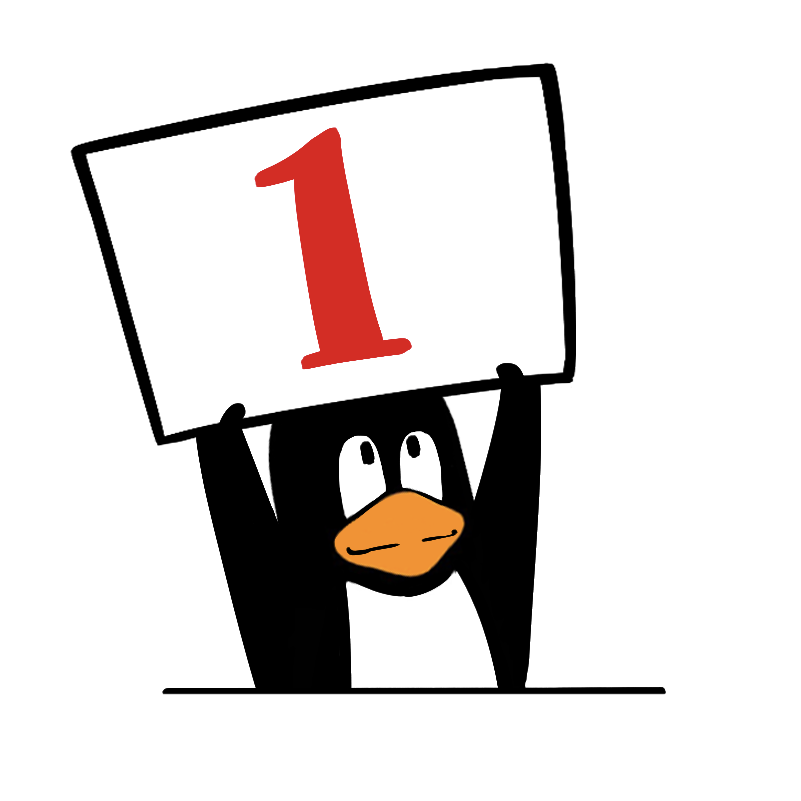 Is CentOS really going to “stop updating”?
Is CentOS really going to “stop updating”?
Let’s not jump to conclusions; first, let’s take a look at the support cycles of various CentOS versions.
CentOS support is divided into Full updates and Maintenance updates, where the former includes feature updates and new hardware support, while the latter only updates major bugs and security patches.
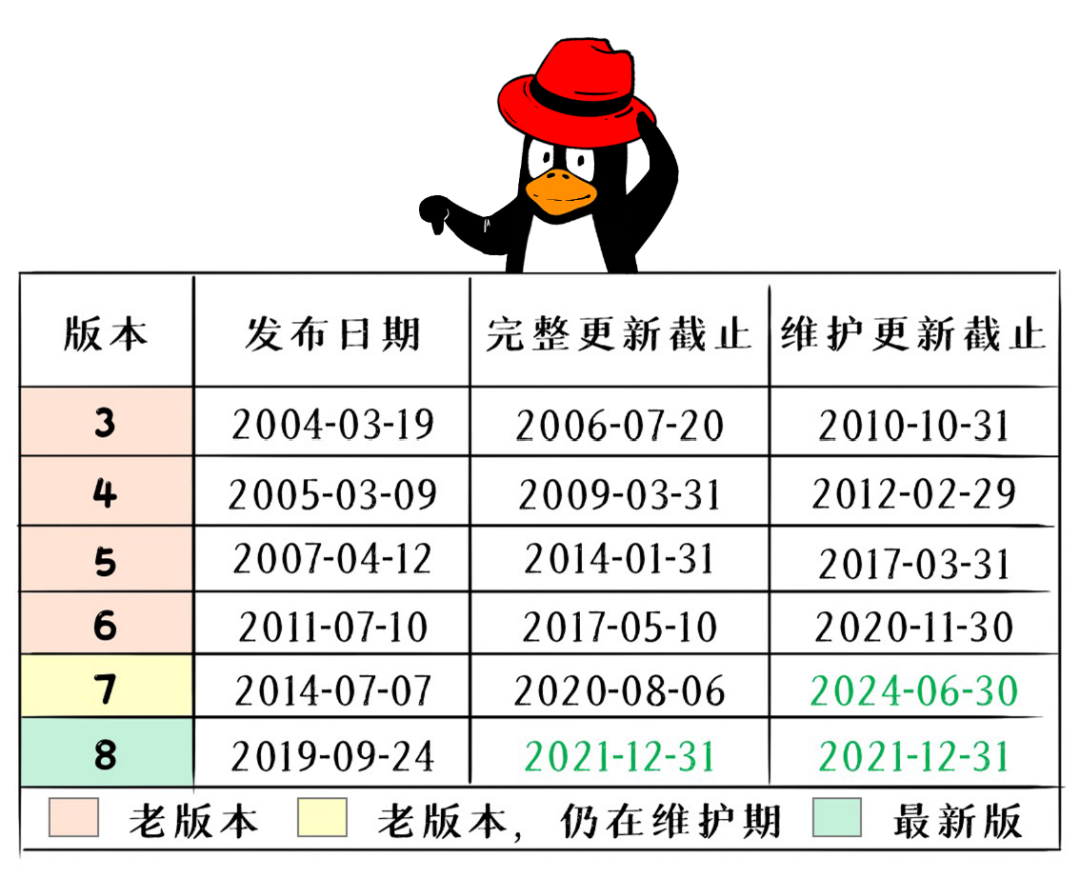
From this table, we can see that the currently “active” CentOS versions are v7 and v8, with v8 set to stop support in just 5 months, while v7 is a bit more optimistic, maintaining its original maintenance rhythm.
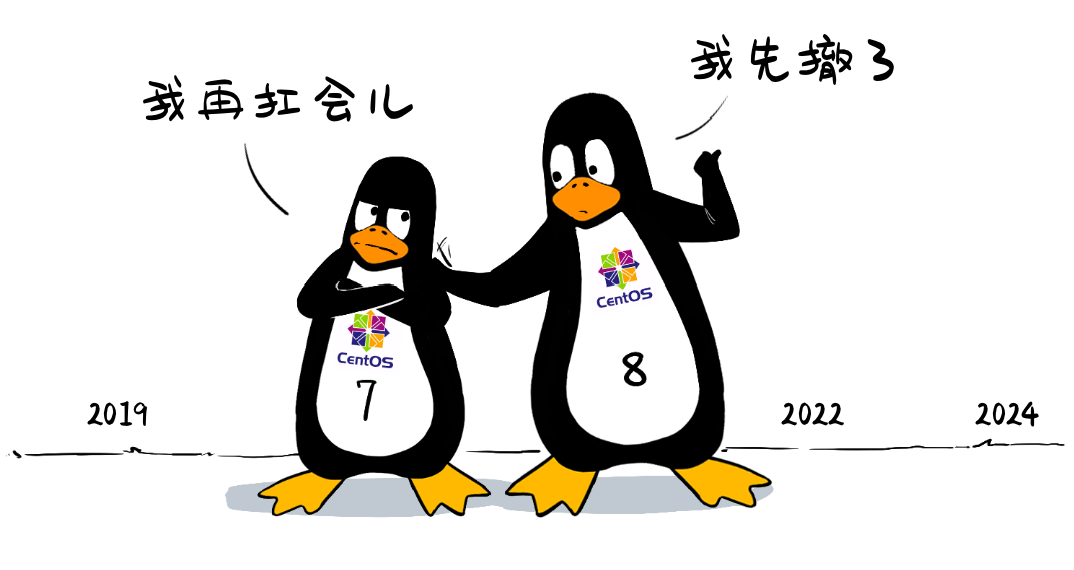
So, does it look like CentOS is going to be discontinued?
No! Red Hat has launched a better version to replace it, and this alternative is CentOS Stream!
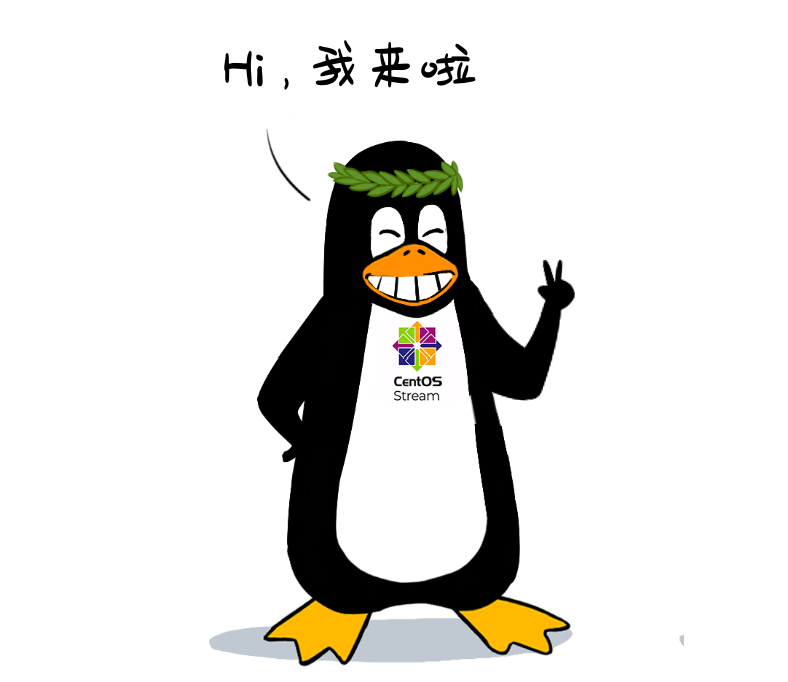
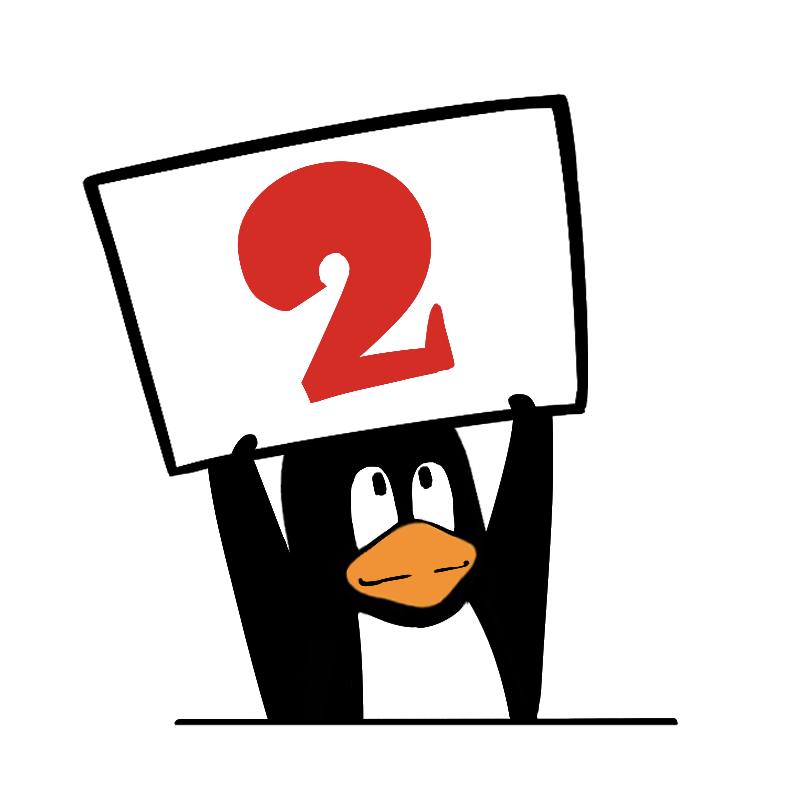 What is CentOS Stream, and why is it considered a better “CentOS”?
What is CentOS Stream, and why is it considered a better “CentOS”?
To understand what CentOS Stream is, we first need to discuss the upstream (UpStream) and downstream (DownStream) versions of software.
Simply put, if we take the release of Red Hat Enterprise Linux (RHEL) as a dividing line, the subsequent “derivative versions” are DownStream, while the previous “preview versions” are UpStream.
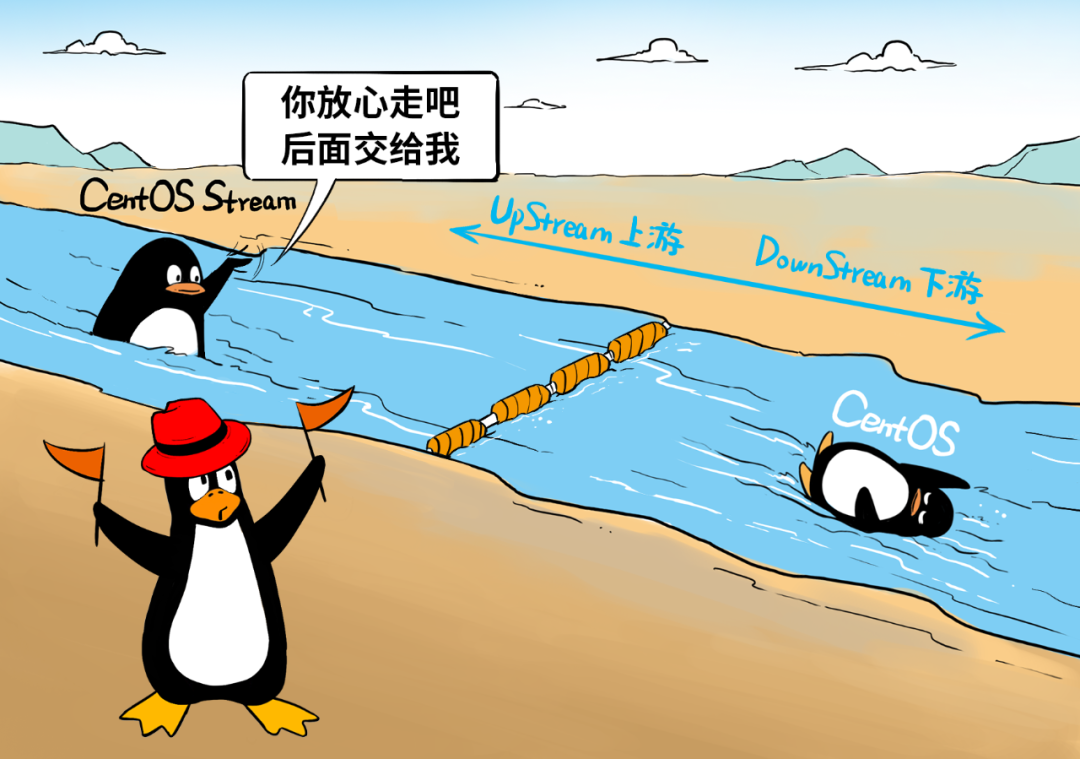
First, let’s look at how CentOS came about. CentOS closely follows Red Hat Enterprise Linux, and for every official version released by RHEL, CentOS “replicates” a derivative version, removing Red Hat’s copyright notices to make it free.
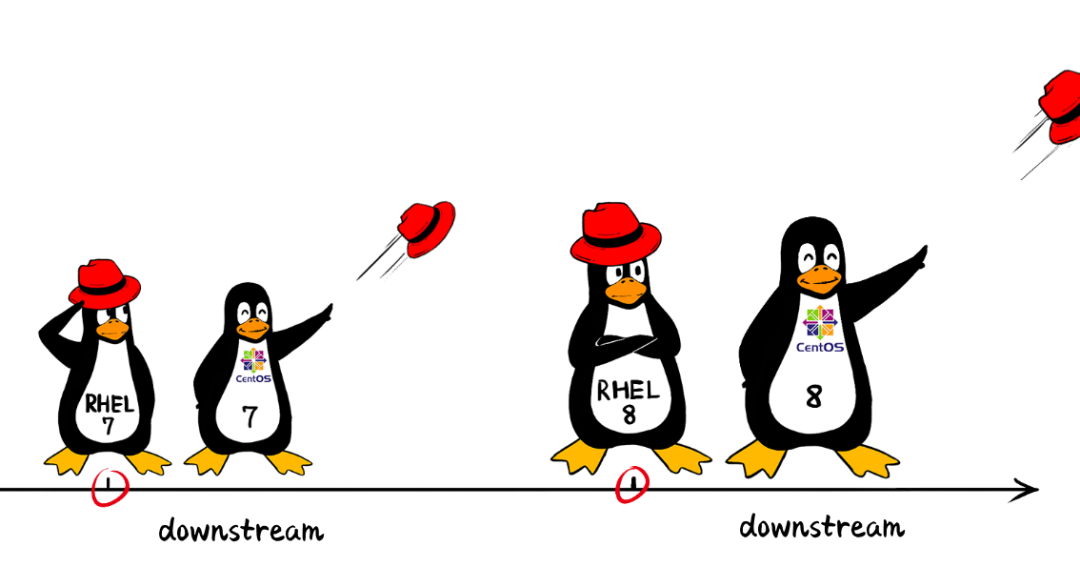
The model of CentOS, which follows closely behind RHEL in releasing versions, is called the DownStream model. The advantage of choosing DownStream is that it is identical to RHEL, with quality backed by the strong reputation of RHEL.
But what are the downsides of this DownStream model?
The following image may clarify this further.
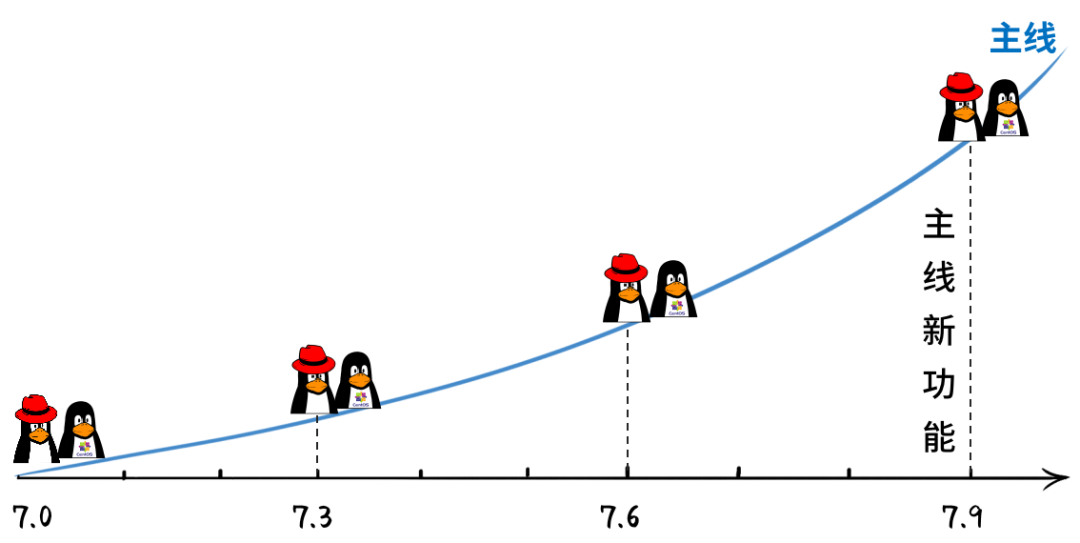
Taking CentOS 7.x as an example, as a “DownStream”, CentOS strictly follows the mainline; any new features in RHEL are copied over, and anything not in RHEL will not be included in CentOS.
This creates a problem: since there are many “enthusiasts” of CentOS, they may make various improvements to CentOS based on their business needs, forming some “branches”.
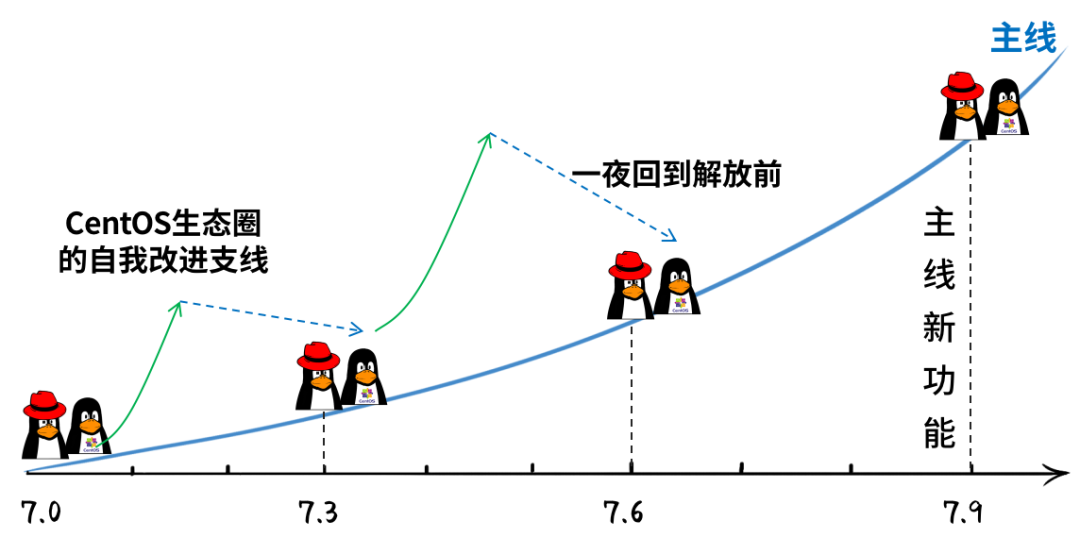
However, since CentOS operates on a “downstream model”, once RHEL releases a new version, the new version of CentOS can only follow along and cannot inherit the features and improvements it has “cloned”.
CentOS’s approach is somewhat like the black bear picking corn, always holding onto the corn cob that is identical to RHEL, while being unable to keep the “old cobs” it had previously.
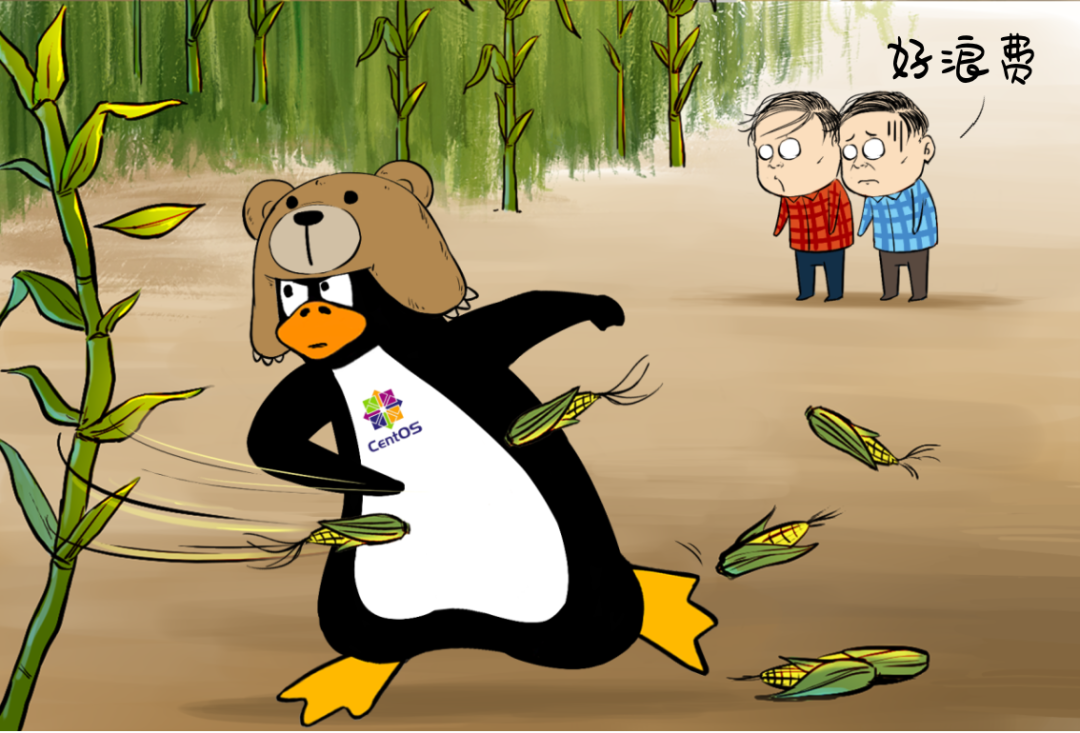
Isn’t it a bit regrettable? You put in a lot of effort to modify CentOS, and when the new version of CentOS is released, you might have to start all over again.
This is the downside of the DownStream model, which is particularly frustrating. Red Hat recognized this issue and decided to change CentOS to an UpStream model, replacing it with CentOS Stream.
Now, let’s look at how the UpStream model works. Simply put, you can think of it as a beta or preview version before the official release of RHEL.
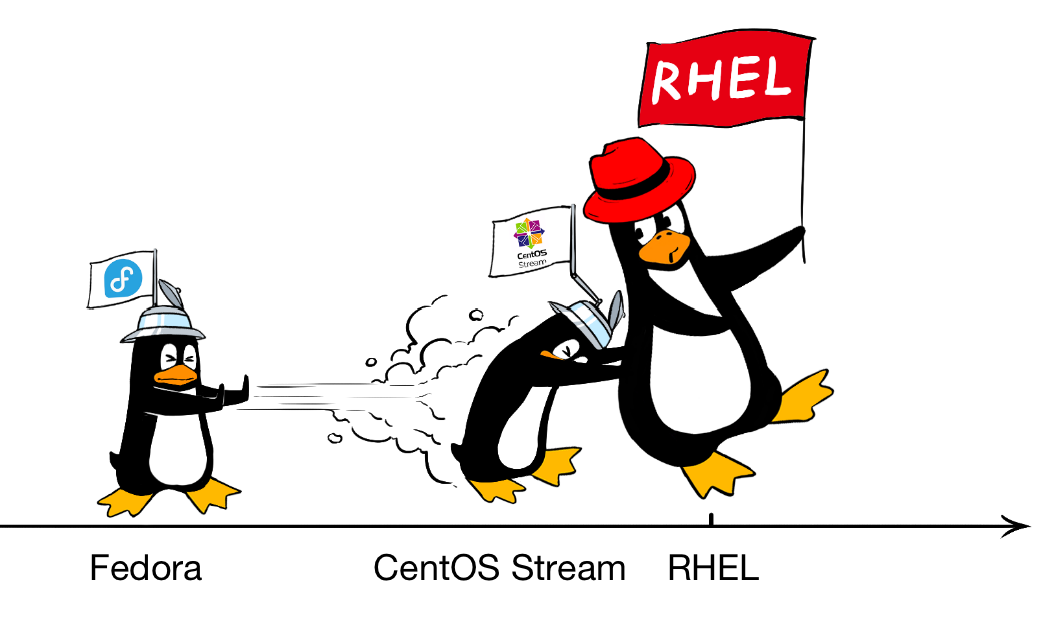
Fedora Linux, which is particularly popular among geeks, can also be seen as an UpStream version of RHEL, but Fedora is further upstream, serving as a testing ground for new features. This time, Red Hat has placed CentOS Stream right upstream, closely aligned with the official version of RHEL.
In other words, CentOS Stream is almost identical to the official version of RHEL. However, due to its different position, its significance is entirely different: the new “CentOS” is integrated into the entire RHEL development process.
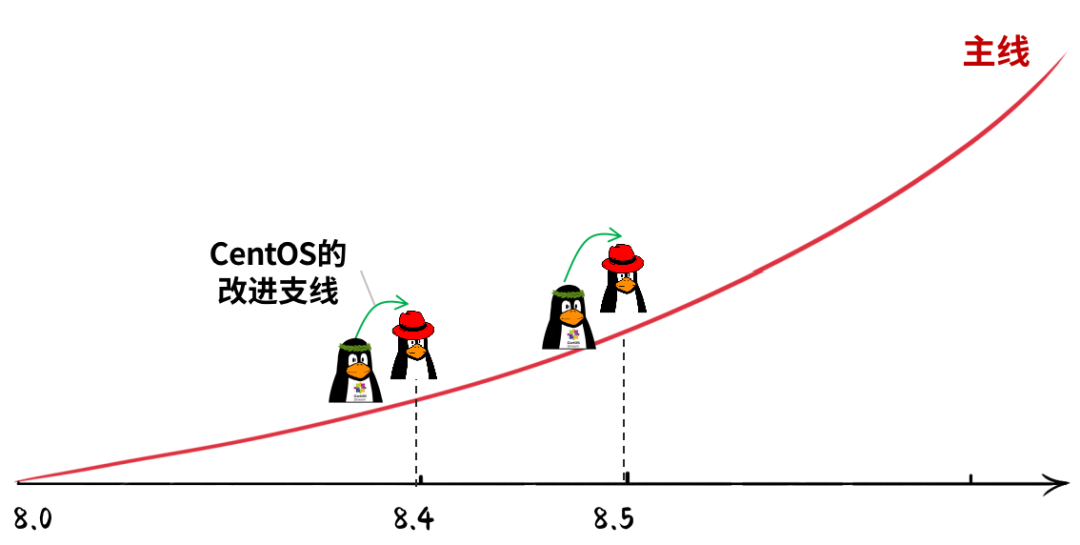
Any improvement suggestions you have for CentOS Stream could be integrated into the new RHEL release, taking the essence and discarding the dross, and no longer will it be “the black bear picking corn”.
As CentOS moves from downstream to upstream, Red Hat’s workload increases, as they need to handle various feedback from Stream and evaluate and merge it into the mainline.
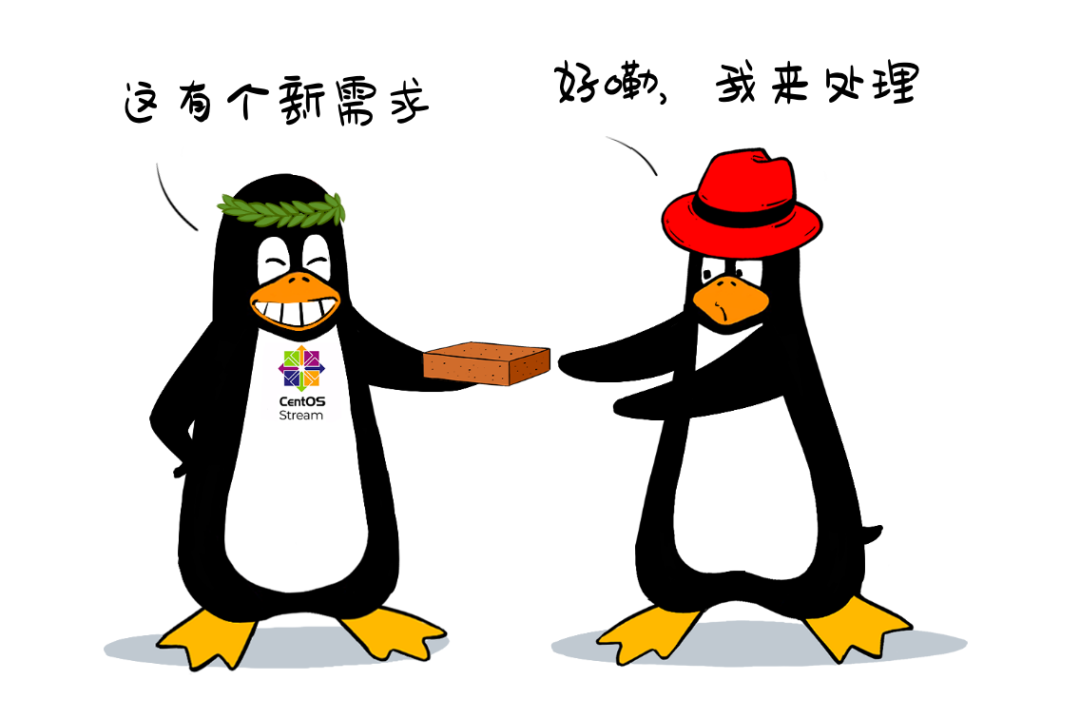
Previously, CentOS was about “picking peaches + picking corn”, with quality entirely relying on RHEL.
Now, CentOS Stream will also contribute to the quality of RHEL. With such a “KPI” requirement, CentOS Stream will naturally become better.
After clarifying the original intention of CentOS Stream, even Greg, the founder of Rocky Linux (also a co-founder of CentOS), recently admitted in an interview that Red Hat’s actions are beneficial to the community.
“Red Hat did the right thing and the new scenario is better than the old”
——Greg Kurtzer
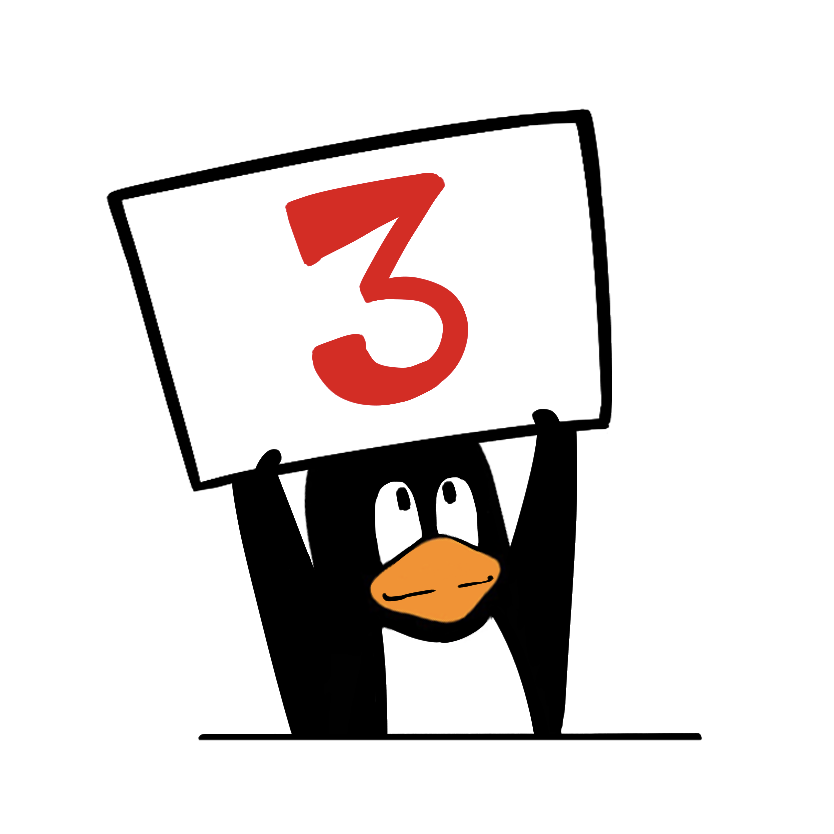 Will we still be able to “free ride” on CentOS in the future?
Will we still be able to “free ride” on CentOS in the future?
This answers a question that many friends are most concerned about: with the discontinuation of the DownStream version of CentOS, what will happen to the lack of a free and user-friendly “free ride version of RHEL”?
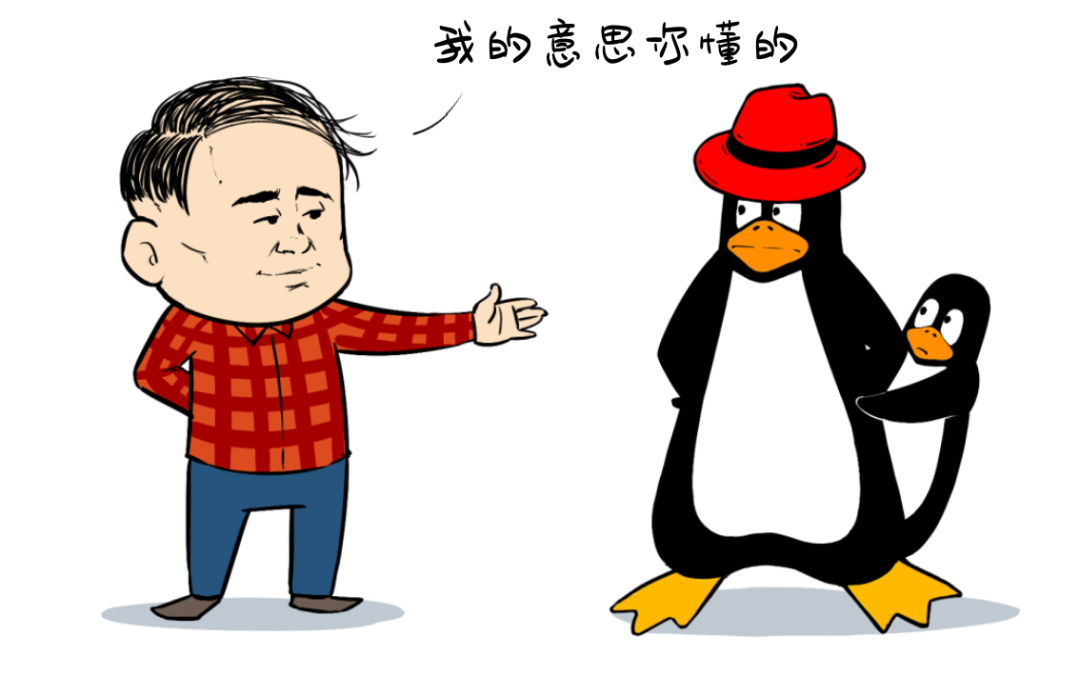
Actually, the simplest solution is to choose the CentOS Stream version that is closest to the upstream official RHEL release. This is sufficient for the vast majority of users.
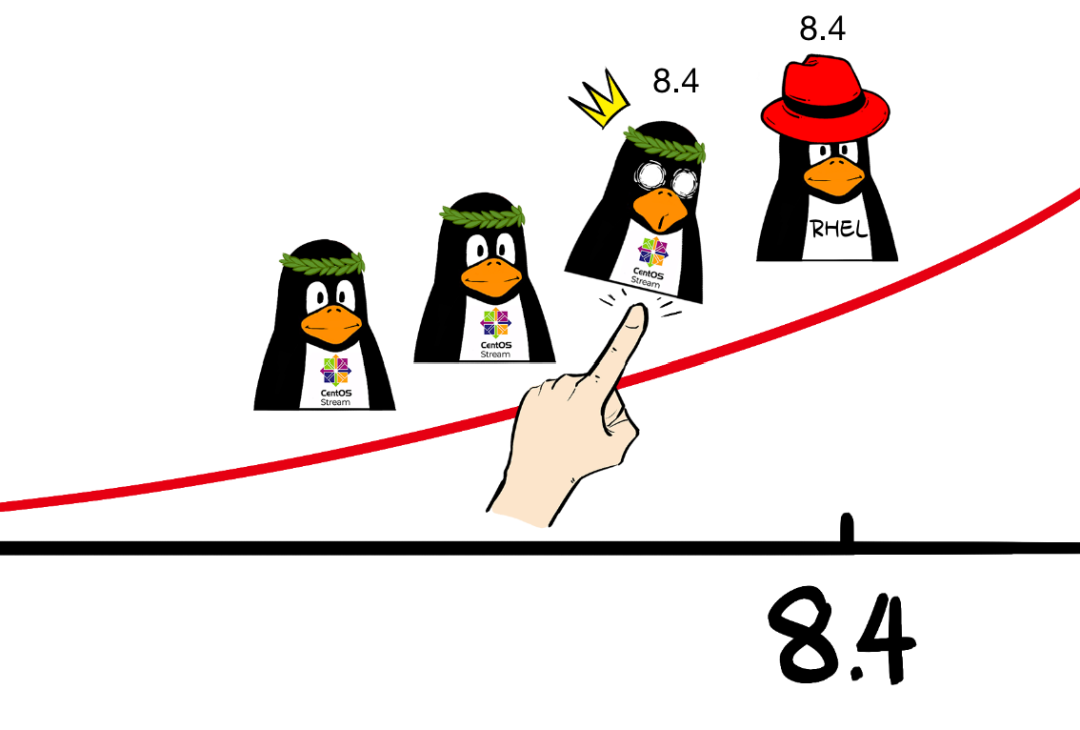
I would also like to specifically mention that although CentOS 8 will “stop” by the end of the year, CentOS Stream has already taken over. Currently, you can download CentOS Stream 8.4, which corresponds to RHEL 8.4, and this version’s lifecycle (EOL) is until the end of May 2024. There will also be 8.5, 8.6… and so on, endlessly 
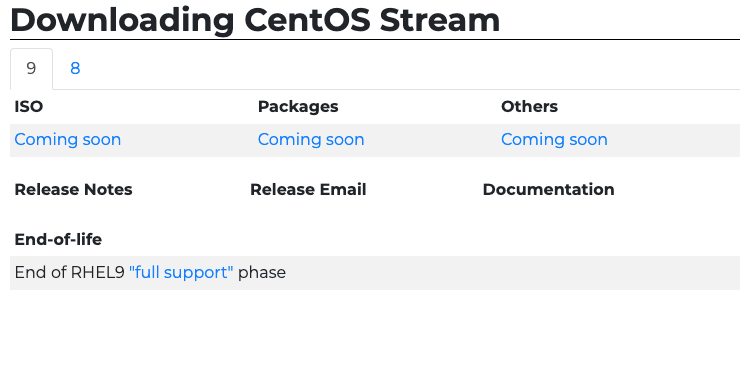
In the future, you will also get to experience CentOS Stream 9 before RHEL9 is released, and the lifecycles of both will be completely aligned.
What? You still don’t feel assured! Do you want to free ride on a Linux that is exactly the same as the official version of RHEL?
That’s also very simple. Since RHEL is open source, you can completely learn from the previous CentOS model, take the official version of RHEL, replicate it, remove the branding, and repackage it. As long as you follow the rules of the open-source community, the kind-hearted Red Hat officials will fully allow it. You might as well call it Xiaoheiyang Linux 
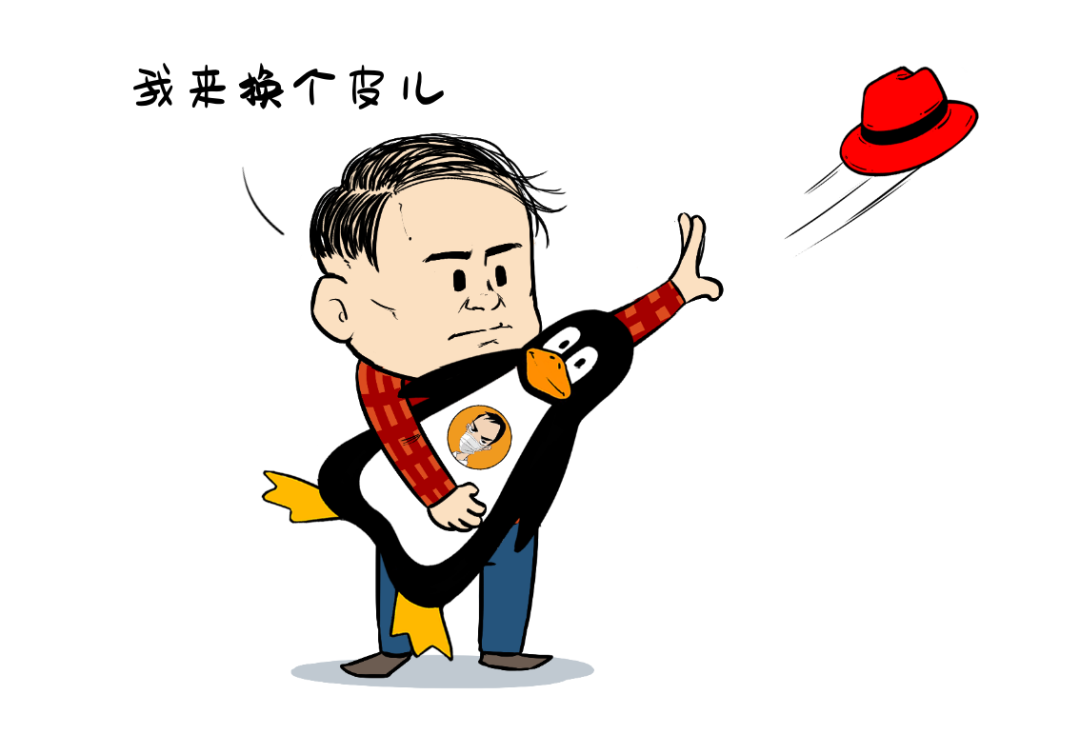
For advanced users, not only can you “modify it”, but also because CentOS Stream is an upstream version, you can deeply participate in the development process of RHEL, pushing its progress.
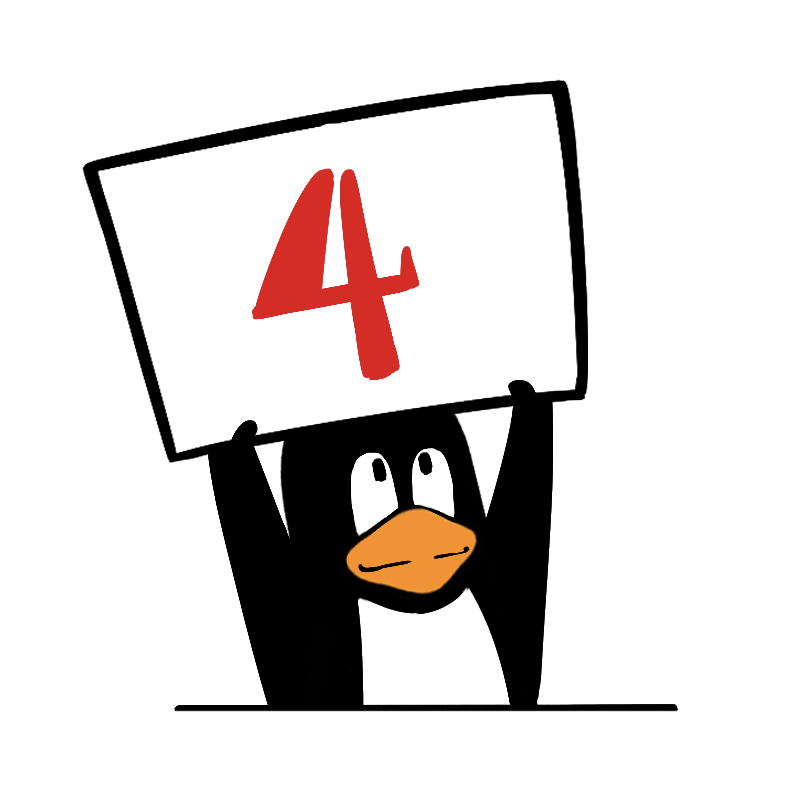 Is Red Hat doing this to “choke us”?
Is Red Hat doing this to “choke us”?
When Red Hat first announced the “termination of CentOS and the switch to Stream“, it indeed triggered a series of misunderstandings, with some even claiming that Red Hat was trying to “choke us”.
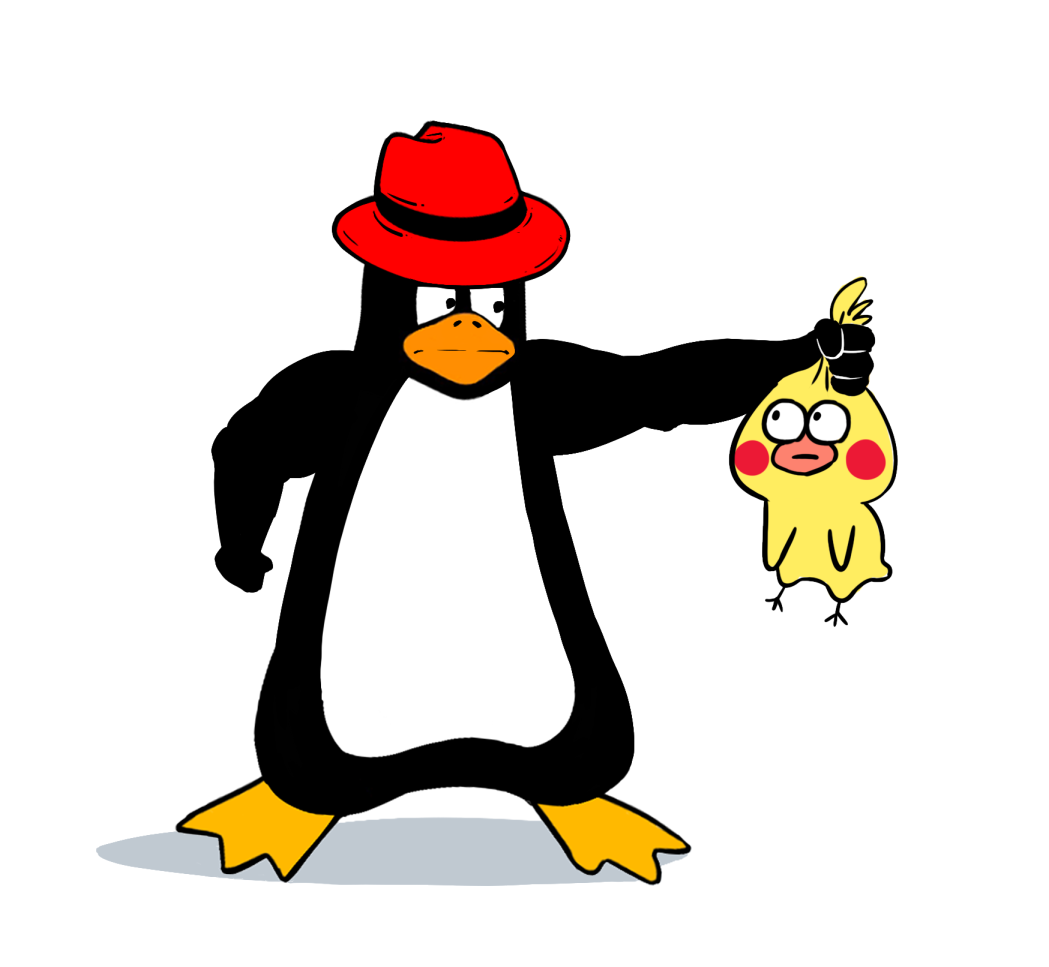
Once we understand the details of the UpStream model, we will realize that it is not the case at all.
Moreover, as a veteran open-source company, Red Hat is truly born from open source, grows through open source, and achieves success through open source. RHEL provides 100% open-source code, and many so-called “independently developed” operating systems are based on modified RHEL, yet Red Hat remains silent and continues to support.
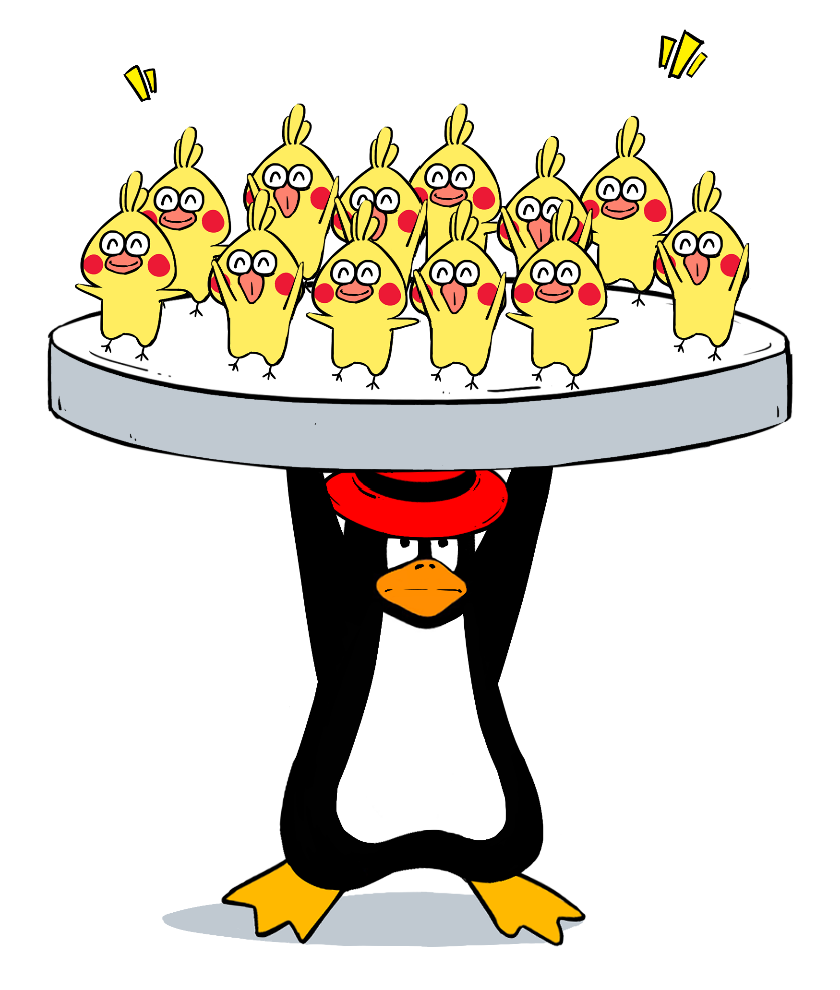
At the same time, only Red Hat, with its strong capabilities, continuous investment, and thriving community, can manage both commercial and free lines of Linux, promoting its increasing popularity.
For example, among all Linux distributors, only Red Hat can achieve this: using the same Linux kernel version throughout a major version cycle.
For instance, RHEL 7.0 to 7.9 lasted 10 years, using Linux Kernel 3.10, while RHEL 8.0 to 8.4 used Linux Kernel 4.18.
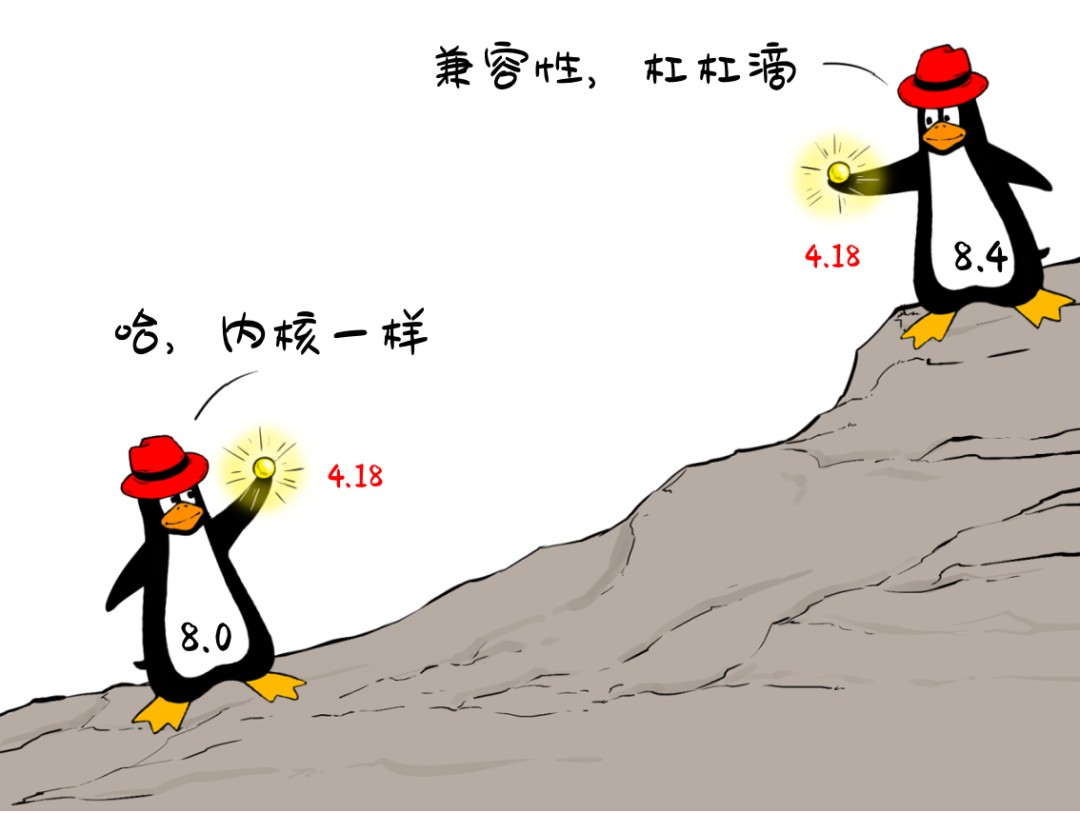
As we all know, once the Linux kernel version changes, especially with major version changes, it inevitably brings significant compatibility changes. Red Hat does this to ensure good forward compatibility, allowing users to upgrade smoothly without issues.
However, this does not mean that Red Hat will ignore the new features brought by the new Linux kernel. On the contrary, Red Hat invests a lot of manpower and resources to backport the highlights of higher version kernels to the current version, ensuring that innovation and stability go hand in hand.
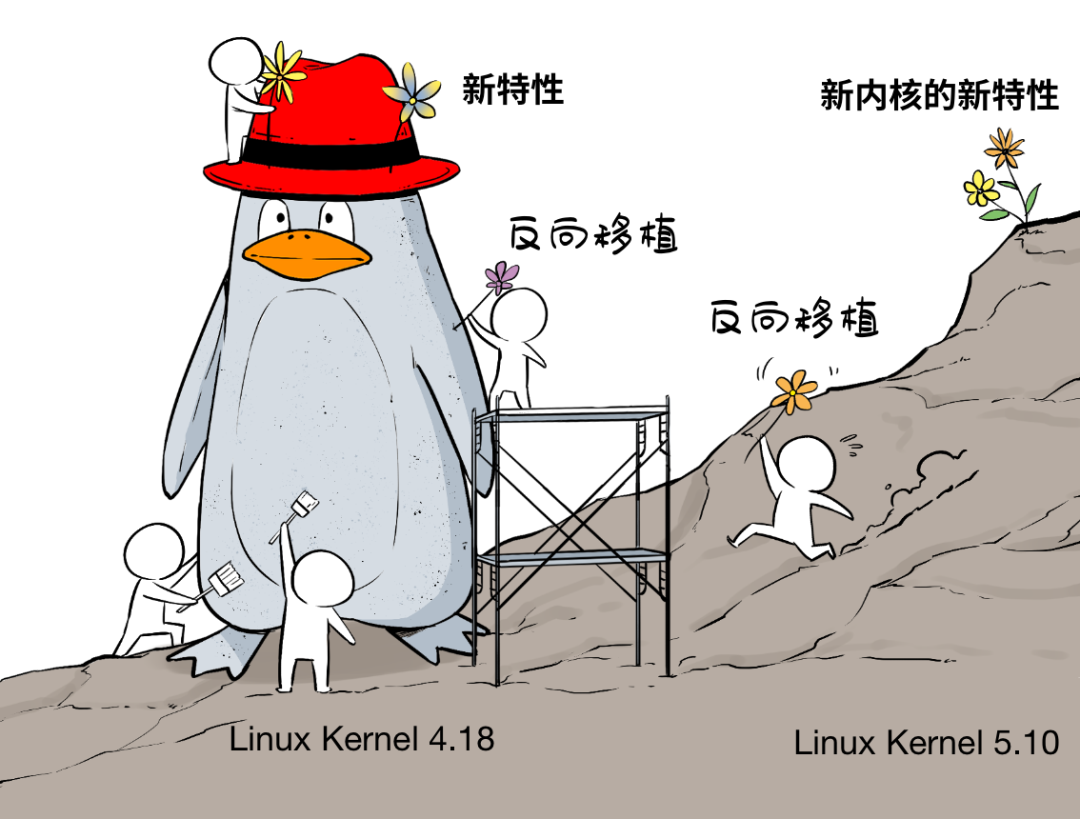
Finally, Red Hat also open-sources these results, allowing all of humanity to “pick peaches”.
So, they are not only not “choking us”, but are also “living bodhisattvas”.
To give another example, the concept of cloud-native is very popular. To facilitate everyone’s “free riding”, Red Hat launched the Universal Base Image (Red Hat Universal Base Image, UBI) in June.
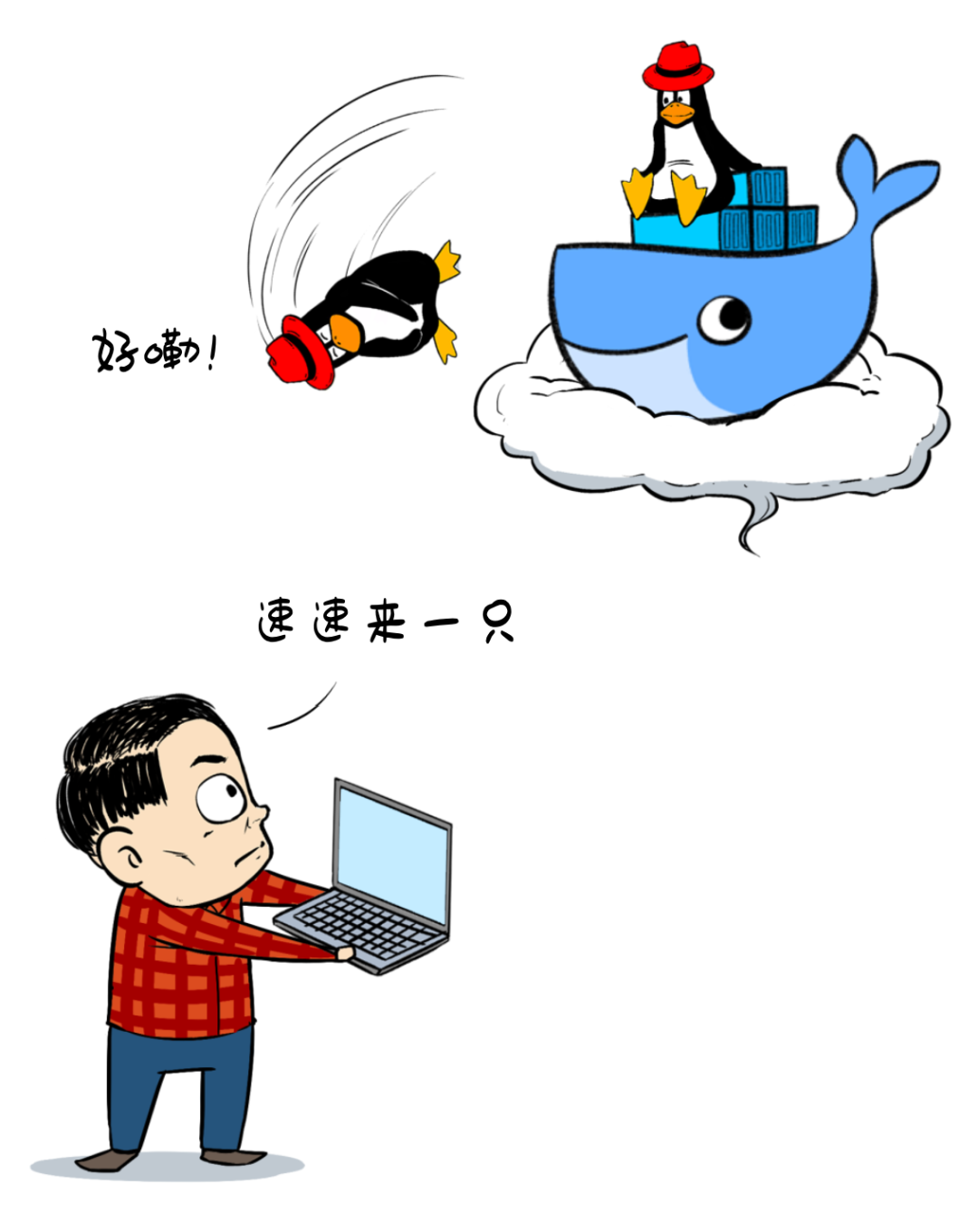
This image is published on Docker Hub, and users can directly pull it down to build their own cloud-native support environment with one click.
The key point is that regardless of whether you are a subscriber of Red Hat Enterprise Linux, you can use this image for free. This is simply an official “free ride version”!
Finally, let’s summarize:
❶Red Hat’s discontinuation of CentOS is not “choking us”; the new gameplay of CentOS Stream is more scientific than the previous downstream “picking corn” model, and is more beneficial to community development, allowing for the creation of better “CentOS” and RHEL.❷In the post-CentOS era, there are still “free ride versions” of Linux available; CentOS Stream itself is at a quasi-commercial level, and you can also replicate RHEL for modifications, while cloud-native players can directly use the UBI image for free.❸Red Hat is an open-source company, was, is, and will always be. Red Hat is also a strong player in the Linux community, and its openness and selflessness are one of the driving forces behind the development of Linux. Read the original article to hear from Red Hat experts about the changes in the CentOS community and what impact they have on enterprise customers~~
Read the original article to hear from Red Hat experts about the changes in the CentOS community and what impact they have on enterprise customers~~